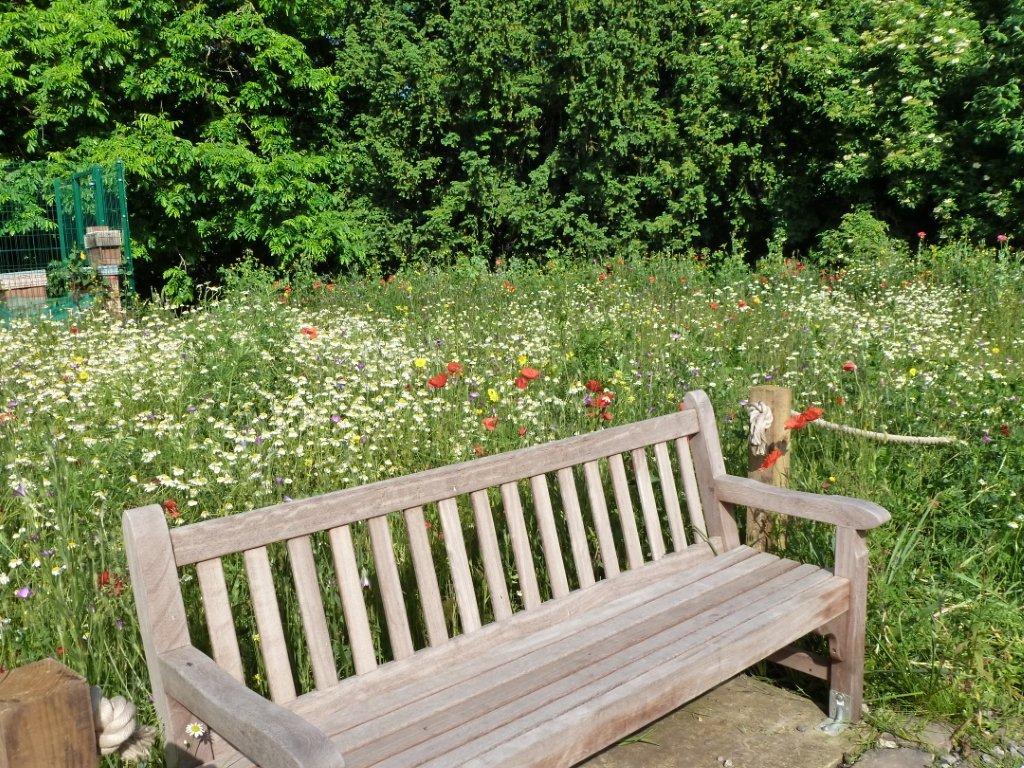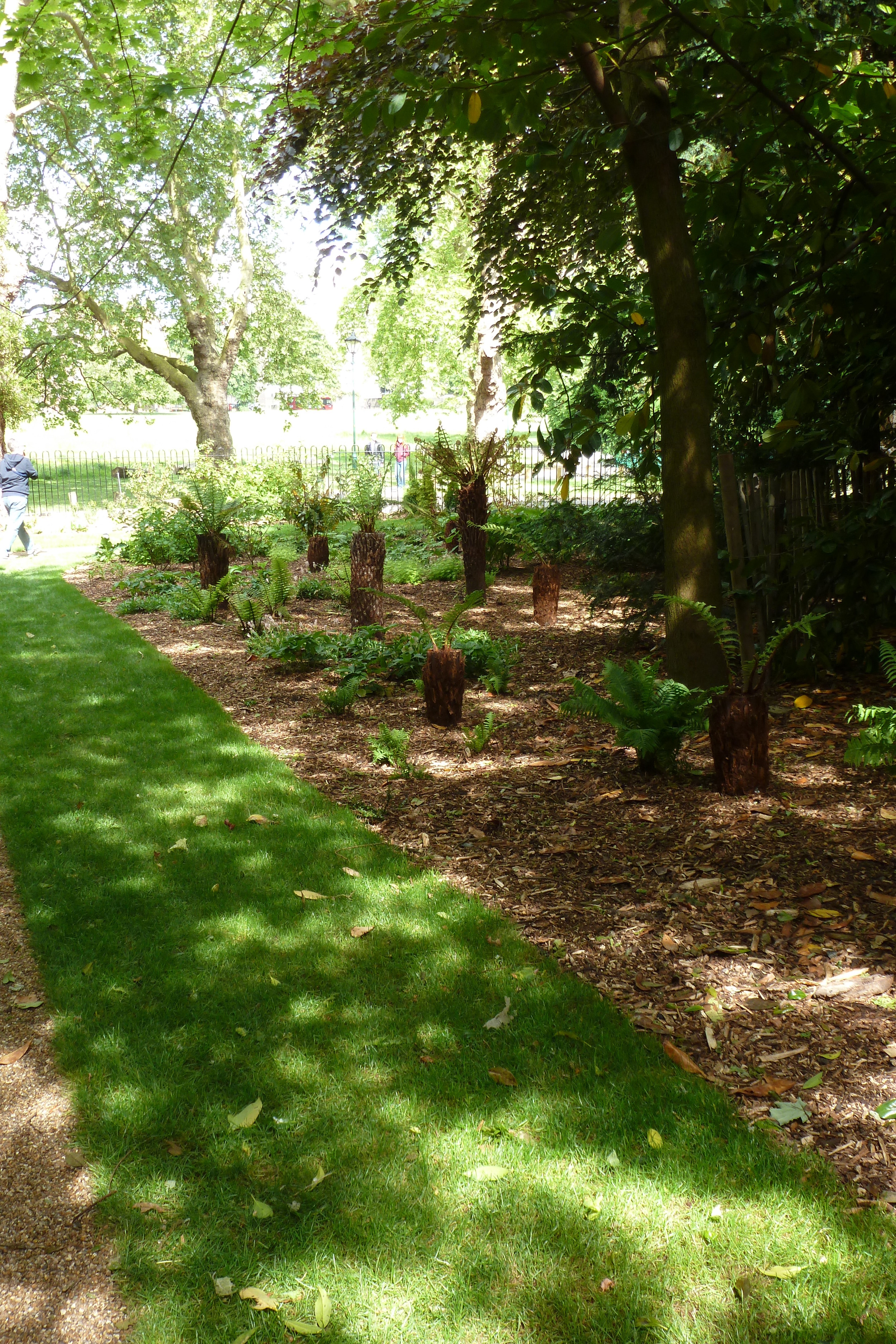1
2
3



The meadows are an important habitat for invertebrates and birds. Most are sown with a mixture of native and non native wildflowers. This helps to provide forage for pollinators such as bees.
The woodland areas are uncommon being the remnant of the farmland that was there previously. It provides a home for such birds as the Greater Spotted Woodpecker. The deadwood within these areas provides an important habitat for the endangered stag beetle Lucanus cervus.
Recent additions to the Park include the Community Wildlife Garden which contains a mosaic for wildlife including native hedgerow, large loggery, pond and winter and summer beds. The garden also contains beehives cared for by a local apiarist. A recently completed Fernery is situated on the southern edge of the Park created for ferns and shade loving plants.